My top 10 of cosplay materials to try at least once
Whether you're just starting out in the world of cosplay or you're a seasoned cosplayer, I'm pretty sure there are materials you love. Others you know less. And there are materials that you have never tried and which intrigue you incredibly.
The beautiful thing about cosplay (and costume creation in general) is the opportunity you have to work with all kinds of materials.
Over the years, I've tried a bunch of things. Some that I loved and adopted for lots of projects. Others I don't use much (for all kinds of reasons), but are definitely worth testing. At least once.
Here is a list of 10 cosplay materials that I think are definitely worth checking out.
Eva foam
If you make accessories, you probably already know that this is a must-have. A flexible, light, inexpensive and super versatile material. I won't dwell so much on the subject, if you don't know, go read my article EVA foam 101 , to learn how to work with the material.
What I really like about EVA foam is that it’s not just an accessory material. I often use it in costumes too. Particularly thin EVA foam, like 2mm. It holds more than fabric, but it maintains a flexibility that rigid interlinings do not have.
Plus, you can easily sew through it. So you can cover foam pieces with fabric, sew in them, and everything. There are some beautiful textures to be found like that.

To try if you are building an armor, but also to create thick textures.
Worbla
I love worbla. If you don't know, it's a thermoformable material (meaning you can form it with heat). It comes in a large, rigid sheet that you can cut with scissors and shape with a heatgun. Plus, it sticks (and even merges) on itself. No need for adhesive to assemble worbla with worbla.
I mainly use this material to solidify elements.
But what I like the most is the fact that you can recover the material all the way. So I keep all my scraps because I can heat them, pat them together, and work everything like a kind of stiff modeling clay. It's great for adding details or making small parts.
My biggest downside (apart from the fact that it's quite expensive) is that, as it forms at a temperature that's not that high, it's a material that doesn't hold up very well to long exposure to the sun. and intense summer temperatures. Be careful, that doesn't mean that your accessories will liquefy in the sun... But if you forget a part in your tank in the middle of summer, it will crumble and you will probably have to say goodbye to it.

To try for the pleasure of working with a thermoformable material and to make details with the scraps.
Furnishing foam
If you love a mascot or dream of doing a Pokémon cosplay, you have to try furniture foam. I used this for the first time in 2019 for the cosplay by Yoshi that I did… And I fell in love. Firstly because it is worked in a way that is quite different from everything else. But also because it always does super funny stuff. What do you want, it puts me in a good mood to make a big oversized head.
Honestly, it's funny. But it’s also really impressive. Because you can make mega, ultra-light shapes.
You can work with it a bit like EVA foam, by assembling pieces that will create an “empty” volume. But you can also stack thicknesses to then sculpt the shape you want. Which will create a “full” volume for you.
In any case, it is generally preferable to cover your room in furniture foam (unlike EVA foam which can simply be painted). But your texture is super different. It makes big, fluffy things. Mega stuffed animals.

Try it to see how happy it makes you.
Mosquito net
Because I'm talking to you about making big, improbable shapes, the mosquito net is really a must try.
But you have to be careful, you have 2 types of mosquito nets: metal and fiberglass. I highly recommend you the fiberglass one . Much easier to handle, less chance of sticking mini pieces of metal in your hands, no chance of it rusting...
So why am I talking to you about mosquito nets? Because it’shot. Believe me.
Imagine that you are sewing pants, and your fabric is so stiff that your pants stand up on their own. Cool, right? Well, your full rigid fabric is the mosquito net (because yes, you can easily sew fiberglass mosquito net by machine).
…Okay, why would you make pants that stand up? I don't know, apparently you have some weird hobbies.
But really, it's not so much to make pants, but all kinds of structures.
I'll give you a more likely example:
Let's say I want to make a big turban. If I make a real turban, and I make it very big, it will be very heavy, very hot, and it will require a lot of fabric (to make a lot of turns around the head).
On the other hand, if I make a mosquito net structure, I can cover it with 8 times less fabric. Less heavy and less hot. So! You could do the same kind of thing with EVA foam… but it will be so hot. Because EVA foam doesn’t breathe…
You can also use it to cheat and make hat bases if you don't have buckram.

To try to make structures to cover... that breathe.
Metallic Lycra
There are 2 absolutely awesome things about metallic lycra. It's super stretch. And it’s super shiny. It’s a great fabric for making superhero outfits (yes, the beautiful classic comic book versions). Or mermaid tails. Or anything you want to make top glam.
If you're at all comfortable with lycra and other knits, you shouldn't have too much difficulty sewing this one. So don’t be afraid and enjoy the beautiful textures.
But what’s also really cool about metallic lycra is that you can use it to cover foam. Above, I talked to you about using EVA foam to create layered textures on a costume (like for the Superman badge). To cover it and keep as much texture as possible, you need a stretchy fabric. And the stretchy EVA foam lycra combo, well it’s just great.
Yes, you can use straight lycra. But metallic lycra will give you a texture that you won't find elsewhere. Honestly, it's worth testing.
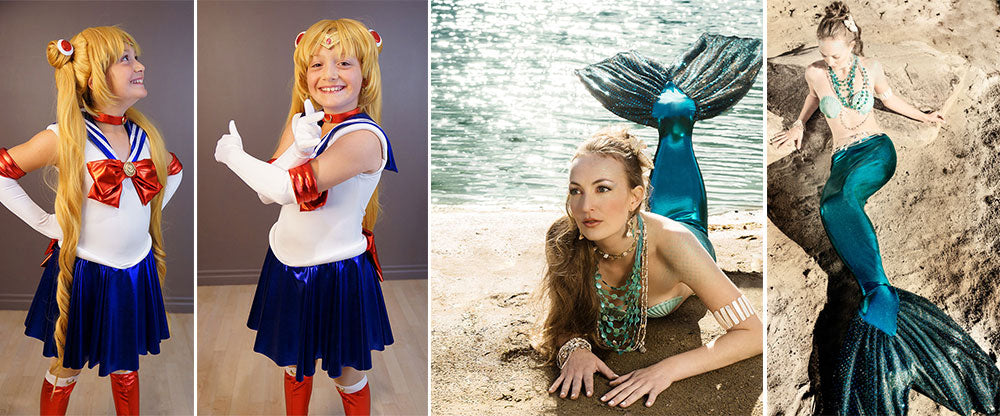
Try it for the incredible colors and to add some shine to your life.
Mesh chair
The mesh flesh is an exceptional invention for cheating. And you mainly have 2 ways to cheat.
The first option, with the stiffer mesh s, you can use them as a lining... it gives a little sheath effect to hold everything in place place.
The other option, my favorite, is to hold a vacuum. Ok, said the same, it's not clear. So, let me explain:
Let's say I have a sweater to make, with openings in funny places. I can simply make the openings. But since the fabric is stretchy, once the sweater is put on, the openings will most likely get bigger, or even deformed... And that's a bit ugly. On the other hand, if, instead of just making openings, I put mesh flesh in the “empty” sections, the shape of my opening remains impeccable.
It also works for thigh-high stockings. In fact, instead of making stockings, I make leggings where the section that should be bare skin is mesh flesh. Kills two birds with one stone: Your upper thighs are a little more covered (for some of us, it’s more psychologically comfortable). And the top of your stockings fits well, in the right place, without making a thigh bulge (because, no matter what size you are, thigh-high stockings always make a damn thigh bulge).
By the way, it comes in several shades of mesh flesh. Whether you have a “mild cheddar” skin tone like me or are semi or very dark, you should be able to find something not worse. It is unfortunately more difficult to find for exotic complexions than for Caucasians, but it is possible. Stretch the fabric on your skin to see the effect and give you an idea of what it will feel like.
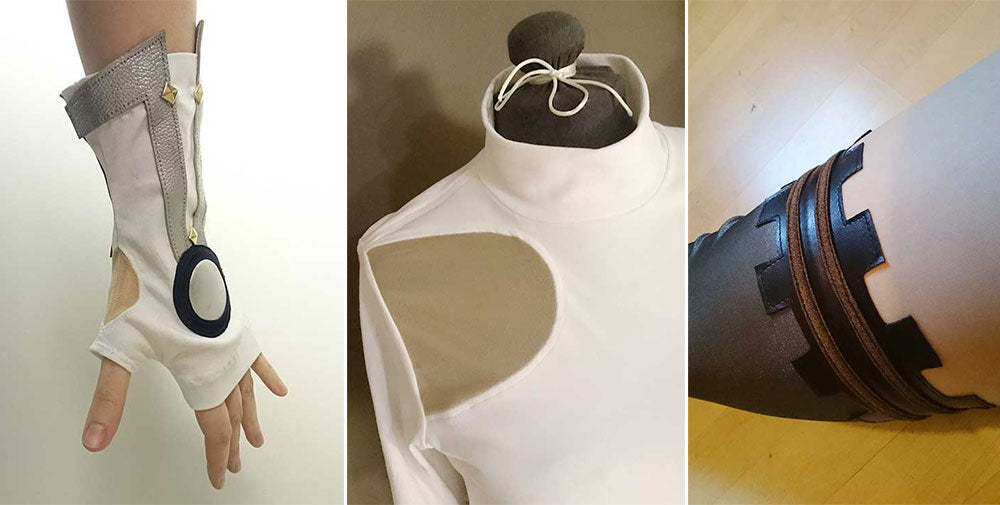
Try it to feel a little less like your costume is full of holes.
Add
Personally, I love leather. It’s rich in textures, it can be worked in all kinds of ways, it’s robust but flexible. It can be super thin or super thick. It’s so versatile!
And I love that it becomes even more beautiful when it ages.
I use new skins to make clothes (because I need large pieces), but I also buy a lot of scraps (because I like to recycle and because it's cheaper).
You have 2 types of leather.
Vegetable leather (not to be confused with vegan leather – which is not real leather), is the one used to make accessories. By wetting it, you can stretch it, mark it, transform it. And it hardens as it dries. You will therefore be able to make rather solid pieces.
Chemically tanned leather is used to make furniture and clothing. It retains its flexibility and a little more extensibility. This leather is used more like fabric.
The 2 types are awesome and worth discovering. One day, I'm going to talk to you about leather in more depth. Promised.

To try for the pleasure of textures... To make accessories, clothes, all kinds of things.
Imitation leather
Why am I talking to you about leather AND faux leather? Because, for me, it’s not used for quite the same reasons.
As the faux leather I use is rather thin, I mainly use it applied. I like the fact that I can use it raw edge (without finishing) and the fact that it comes in so many shades natural than in a bunch of weirder colors, or with iridescent or metallic effects.
But if you want to make accessories out of it, that works too. It just doesn't quite give the same look as real leather. A little cheating technique? Double your piece of thin EVA foam. It will give your leatherette more body and it will give it a more natural look.
Same thing for clothes. Except that, instead of using EVA foam, I line my leatherette with fabric. It gives more or less body, depending on the thickness of the fabric underneath... and I find that the result is more interesting than using the leatherette alone.
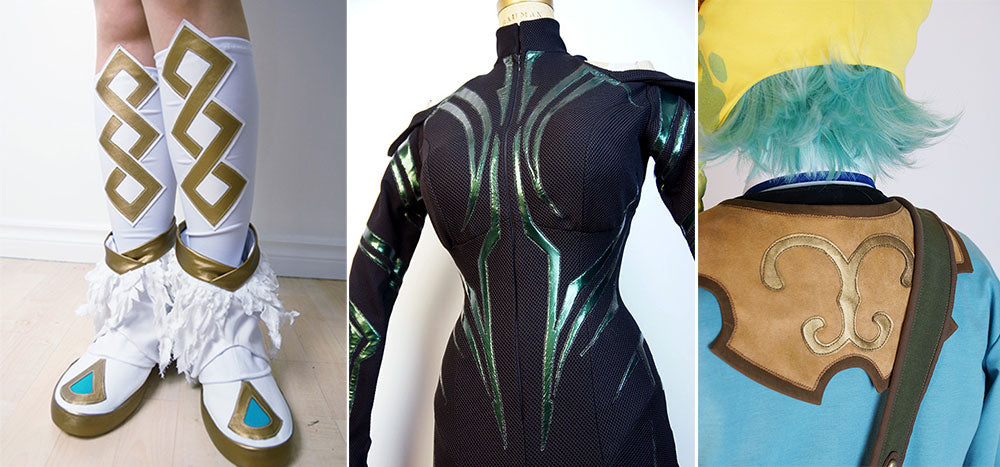
To try to make appliqués. Or if real leather is not an option for you (by budget or by principle).
Resin
I'm really not an expert in casting and resin. But it's still something to try. I made a few pieces, but to be honest, since I got a 3D printer, I made less.
Please note, I am not saying that 3D printing replaces casting and resin. It depends a lot on what you do. If you want, among other things, to make a part in 32 copies, molding is definitely a faster option than 3D printing, let's say.
There are really a lot of products for making molds. And a bunch of different resins. Personally, I like silicone to make my molds. It's not too complicated to use, and the flexibility of the material makes unmolding quick and easy. As for resin, I like things that set fairly quickly (because I'm not super patient...).
If you want to know more, I strongly suggest the Sial store (in Laval – but they sell online too)
I'll talk to you about that in more detail one day too. I promise.

To try to create pieces in lots of copies.
Carton
Cardboard is so underestimated... Honestly, you can do cool things with it. And not just mock up and bosses. You can make complete costumes. Yes yes.
Well, without necessarily throwing yourself into a full costume, it's worth testing cardboard to make accessories. I am actually in the process of making a helmet of Vah Medoh (from Breath of the Wild) , not bad all in cardboard.
It’s a material that costs almost nothing (or absolutely nothing if you dig through your recycling bin – like for my project Vah Medoh ). It's simple to work. And after a few coats of varnish... it's as weather resistant as many other things.
I made some great belt buckles out of cardboard. And I can guarantee you that it doesn’t look like it’s cardboard.
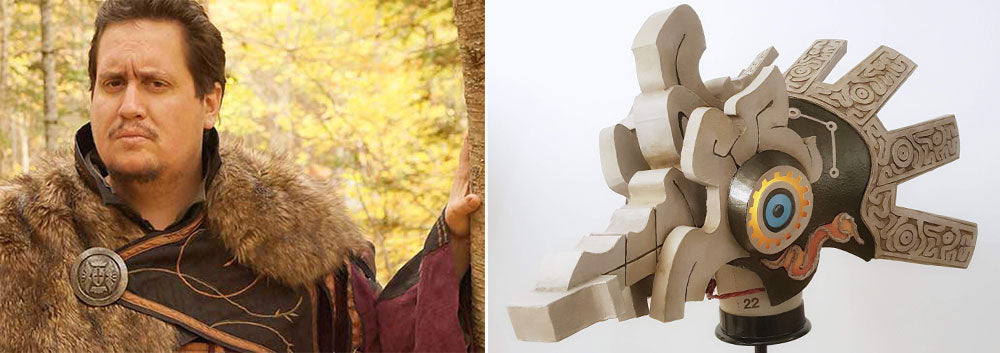
To try to rediscover the basics and appreciate simple materials.
- - - - - ✂✂✂ - - - - -
There are a bunch of other materials. Different super interesting fabrics to test, plastics, other thermoformable materials… The list is long. Maybe that means there will be a part 2. One day.
We'll talk soon.
en attendant… Keep on crafting!
🤓✂🐙



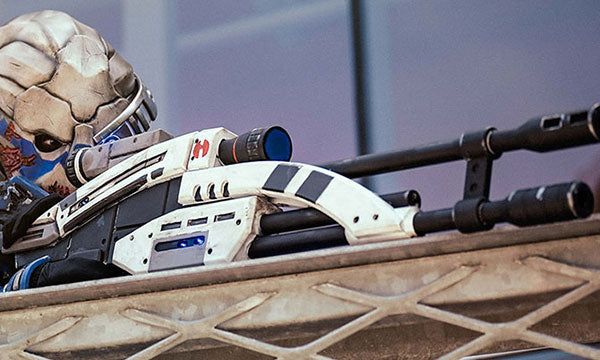

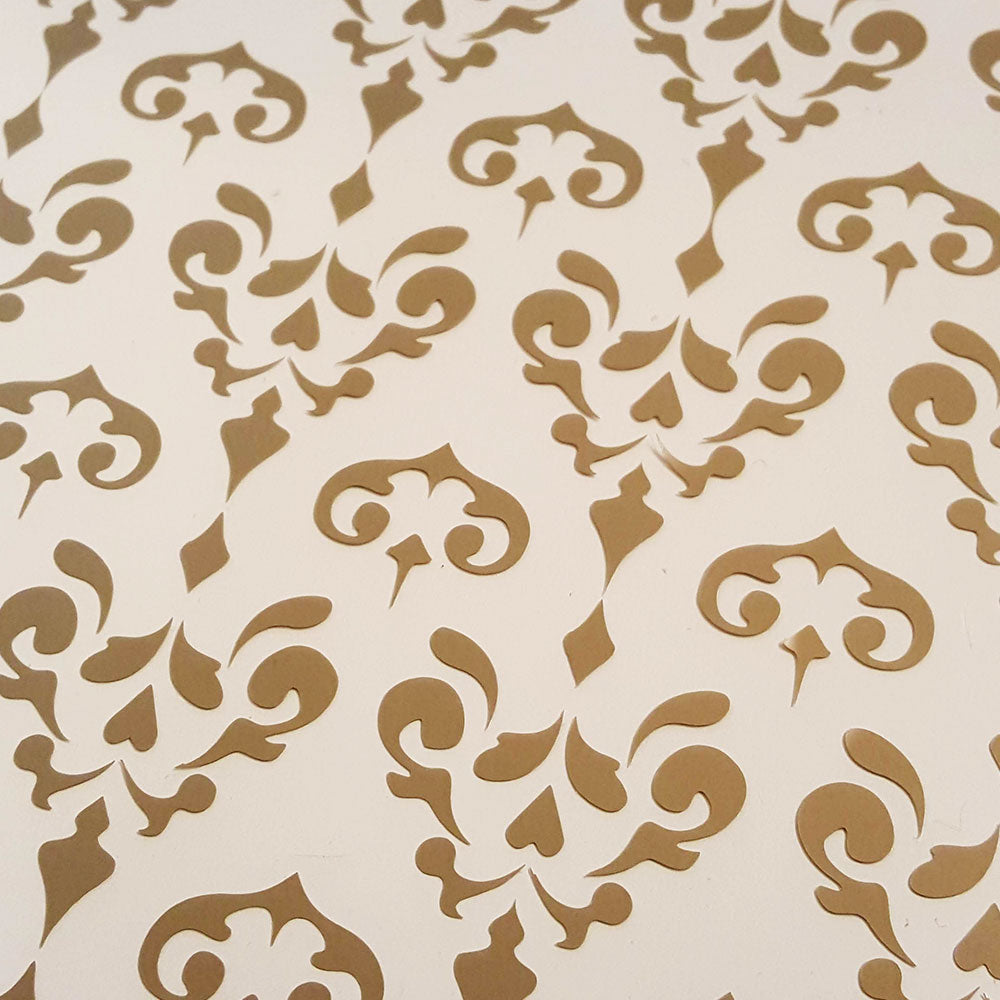
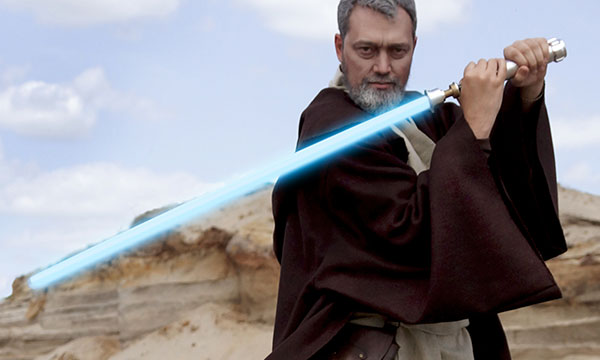

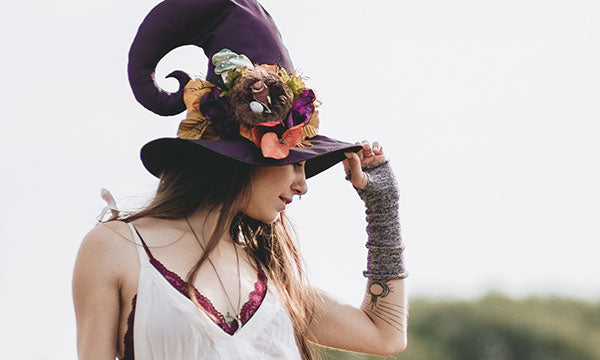
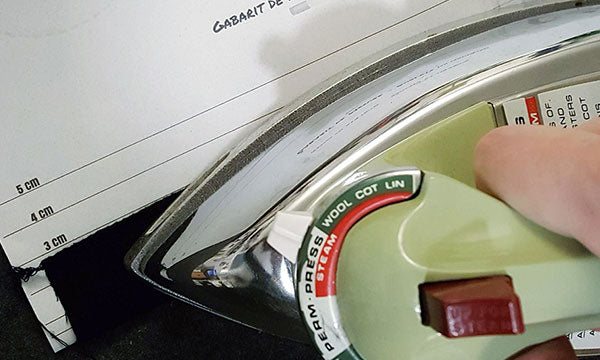
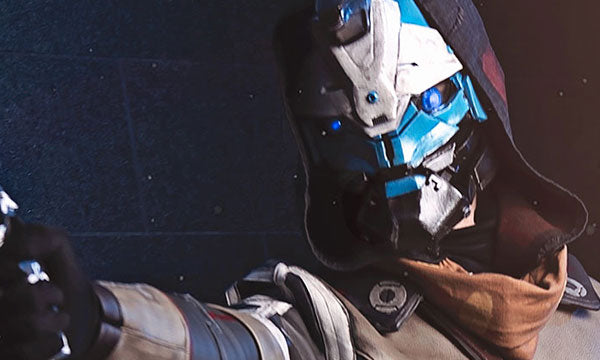
Leave a comment